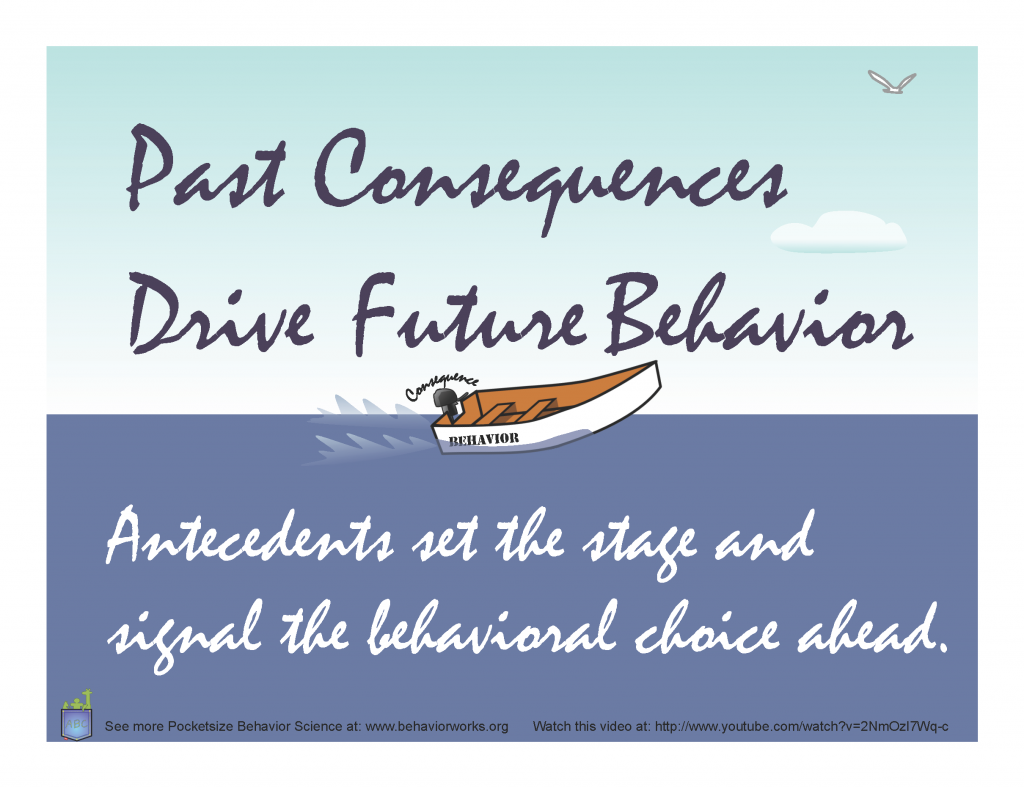Positive and effective dog training techniques
Woof! San Diego uses a positive reinforcement dog training philosophy. Force and punishment are never used in training and are not necessary for effectiveness. Using positive methods, we help our students teach their dogs how to behave appropriately and follow the rules of living with humans, while also helping humans understand their dog’s needs and how best to care for and train them.
Lessons emphasize building good habits that your dog will do consistently in real life. Using positive reinforcement training is more than just giving the dog treats when they choose a behavior we like!
Positive reinforcement dog training requires us to be aware of many factors that lead to successful training, such as:
Developing sustainable training plans that help us reach our goals in a way that can realistically be implemented in someone’s home
Strategically preventing the dog from practicing undesired behavior
Giving them alternative behaviors that they can receive reinforcement for
Motivating and reinforcing the dog appropriately
Increasing the criteria in our training to continue to improve our results
Slowing down when the dog is not ready to move forward
Teaching the behaviors fluently so the dog can respond when cued consistently
We teach dogs to listen to cues consistently when asked, and we teach people how to set their dogs up for success throughout their lives. During training, you will build a happy, healthy relationship with your dog, focusing on mutual trust and clear communication. You and your dog will work cooperatively to learn and have fun, together.
Have you heard that you need to be your dog’s “pack leader” in order for your dog to listen to you? Click here to read the AVSAB (American Veterinary Society of Animal Behavior)'s position statement against dominance theory (teaching via establishing a "pack leader") in dog training.
For more information about current ethical standards in dog training, check out the Humane Hierarchy and statement by Dr. Susan Friedman on "Why Effectiveness Is Not Enough" that it is recommended professional dog trainers adhere to. This Humane Hierarchy has also been adopted by the Certification Council for Professional Dog Trainers.
Changing unwanted behavior - the nerdy details
(A) Antecedent
What happens before the behavior? What is the stage that is set that causes the behavior in question? For example: "A man walks by across the street."
(B) Behavior
What is the behavior we want to change? This should be described in terms of what can actually be observed. For example, "The dog barks, growls, lowers his body, and pulls on the leash." is a much more helpful description than "The dog gets aggressive."
(C) Consequence
What happens immediately after the behavior? This is the thing that is presumed to be maintaining the behavior. For example: "The man continues walking and ignores the dog."
So, how do we change unwanted behavior? We can begin by describing and analyzing the behavior in a way that provides insight into what function it could be serving for the dog. In other words - what is the purpose of the dog doing this behavior? To determine that purpose, we review a history of the behavior and various details that help us understand the human’s and dog’s needs. Then, we further dissect the specific target behaviors by breaking them down into their smallest measurable components. In Behavior Analysis, these are called the ABCs.
This analysis gives us insight to understand the function of the behavior the dog is doing. Once we have described the behaviors as they occur in terms of these ABCs, we can decide how to approach behavior change and form a training plan.
We can better understand why the dog could be doing this behavior, and we rearrange the environment, teach new behavior, and help the dog meet their needs in new ways that will fulfill the same function/need that the problem behavior previously did.



